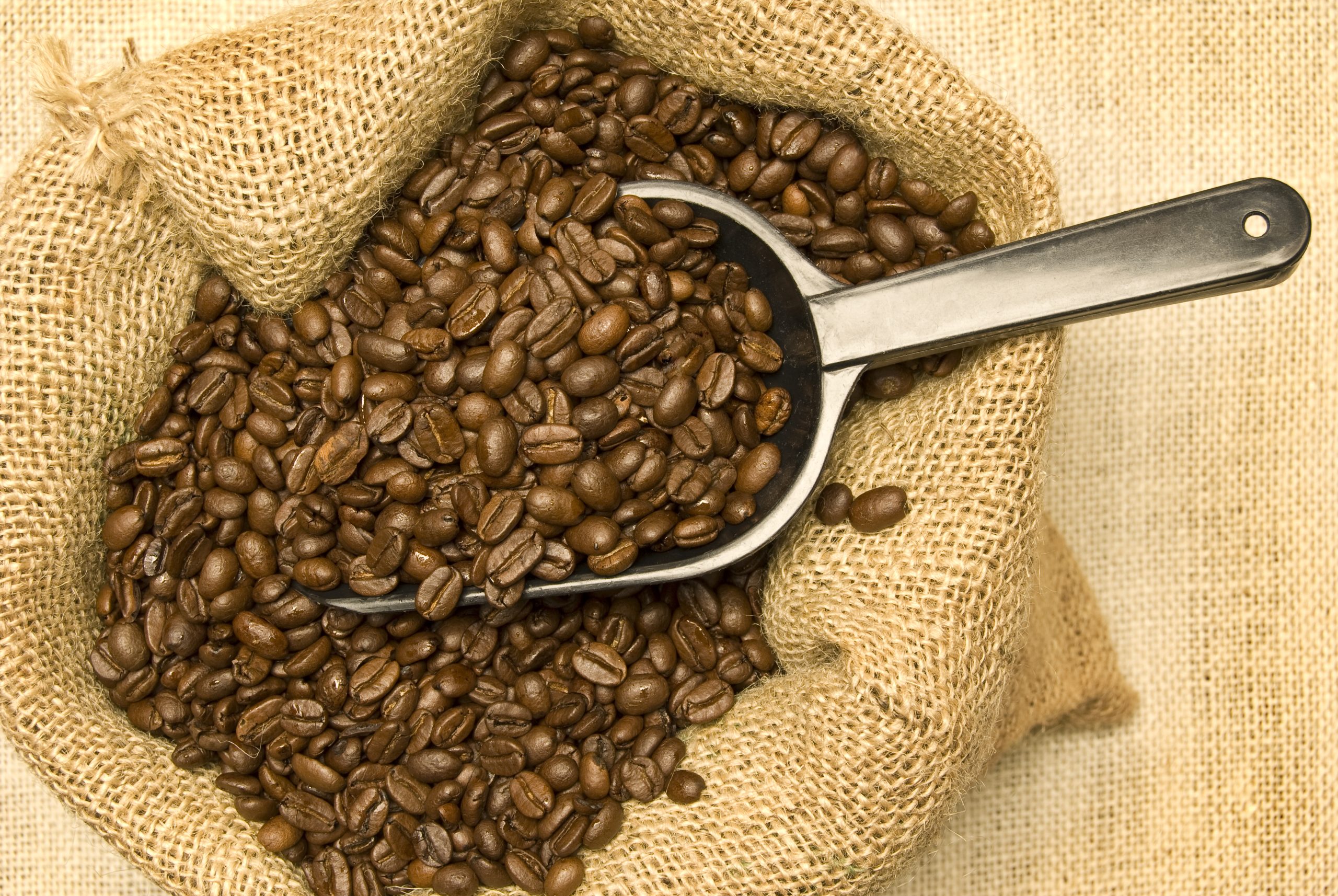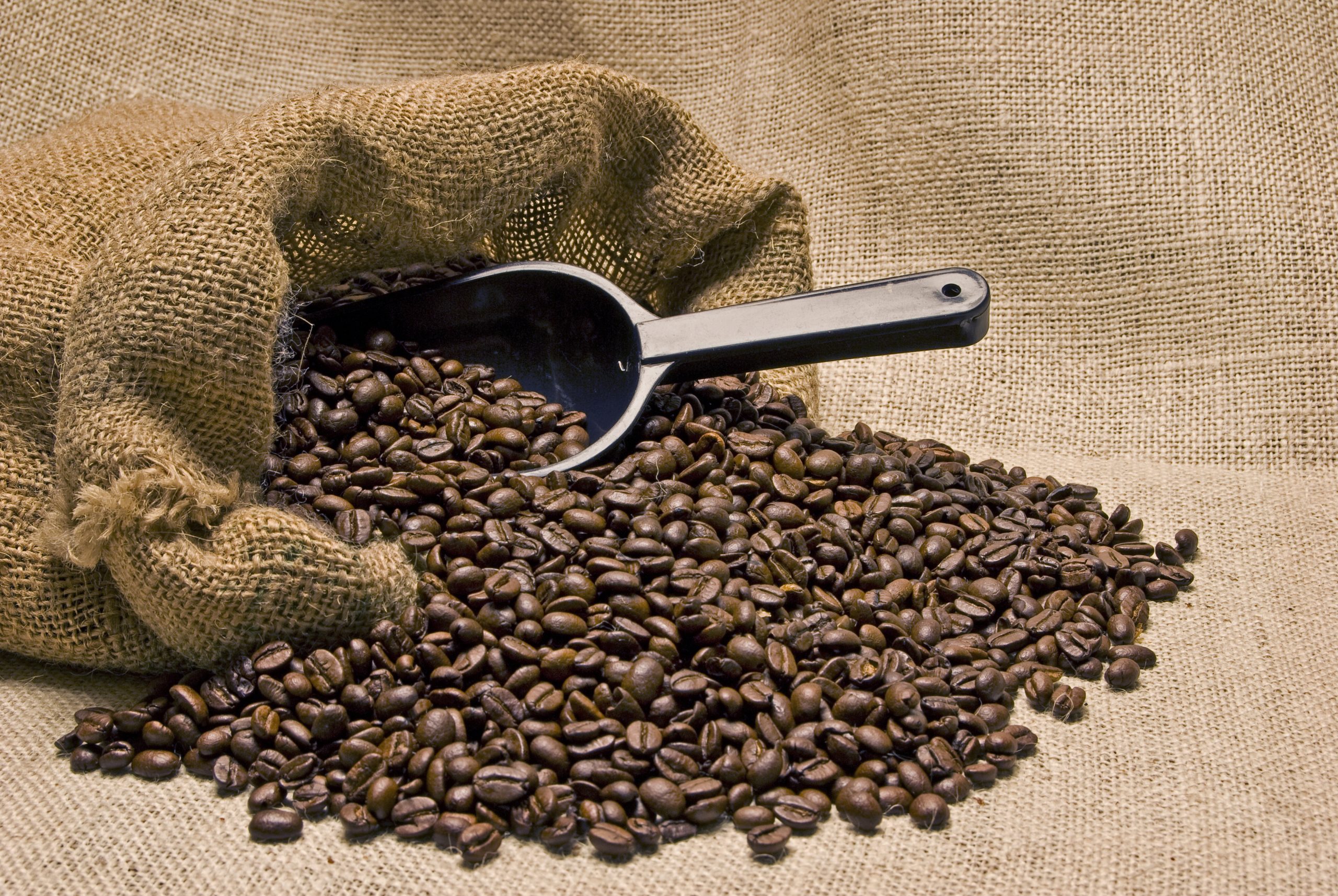Coffee is one of the most popular drinks in the world. It has a rich history that dates back centuries ago when it was first discovered in Ethiopia. Today, coffee is enjoyed by millions of people around the globe, and there are many different types to choose from. In this blog post, we will explore some of the different types of coffee beans, how roasting impacts flavor and texture, brewing methods, and how you can enjoy the perfect cup of coffee.
Introduction to Coffee: A Brief History
Coffee has been around for hundreds of years, but it wasn’t until recently that it became so widely consumed. The story goes that an Ethiopian goat herder named Kaldi noticed his animals becoming unusually energetic after eating berries from a certain tree. He tried them himself and experienced a similar effect. Soon word spread about these magical berries, and they were brought to Arabia where they began to be cultivated. From there, coffee made its way to Europe and eventually to America, where it became one of the most beloved morning rituals.

The Different Types of Coffee Beans
There are two main species of coffee trees – arabica and robusta. Arabica beans are considered higher quality due to their sweeter taste and lower caffeine content. Robusta beans have more caffeine but also tend to be bitterer. Within each species, there are many varietals, each with unique characteristics such as flavor profile, acidity, and body. Some common varietals include Blue Mountain, Costa Rican, and Sumatra.
How Roasting Impacts Flavor and Texture

Roasting is a crucial step in the coffee-making process because it determines the final flavor and texture of the bean. During roasting, the beans undergo a series of chemical reactions that affect their color, aroma, and taste. Lighter roasts tend to be brighter and fruitier while darker roasts are bolder and smokier. The degree of roasting also affects the texture or mouthfeel of the coffee. For example, lighter roasts tend to feel lighter on the tongue while darker roasts feel heavier.
Brewing Methods and Their Effects on Taste
Once the beans have been roasted, the next step is to brew the coffee. There are several ways to do this including drip brewing, French press, pour over, and espresso. Each method produces a slightly different result in terms of taste and texture. For instance, drip brewing tends to produce a smooth, balanced cup of coffee while French press yields a thicker, more full-bodied cup. Pour over is known for producing a bright, clean tasting coffee while espresso is strong, bold, and often used as a base for specialty drinks like lattes and cappuccinos.
Conclusion: Enjoying the Perfect Cup of Coffee
Whether you prefer light and fruity or bold and smoky, there is a type of coffee out there for everyone. By exploring the different types of coffee beans, roasting techniques, and brewing methods, you can find your perfect cup of coffee. And whether you take yours black or with milk and sugar, enjoying a delicious cup of coffee is a great way to start your day off right.
